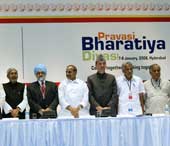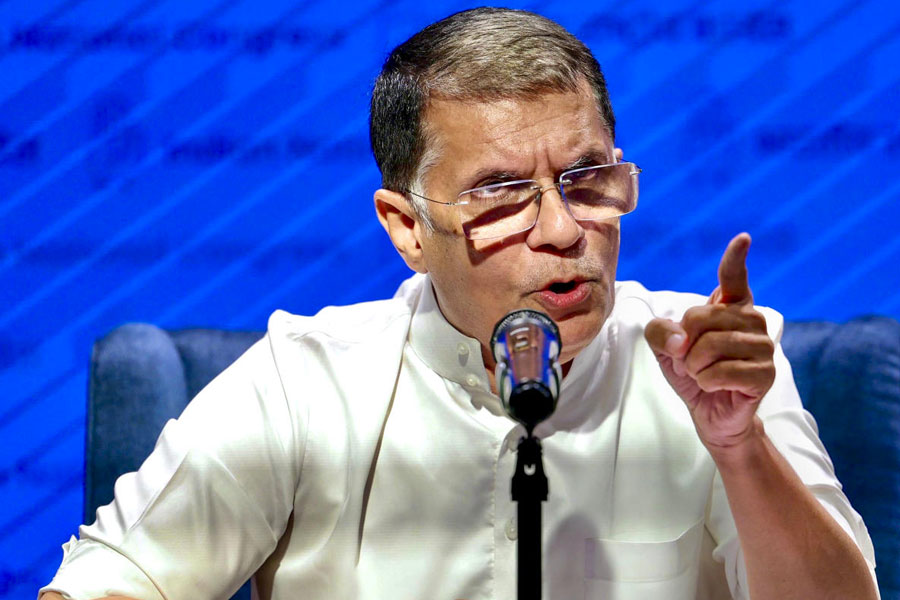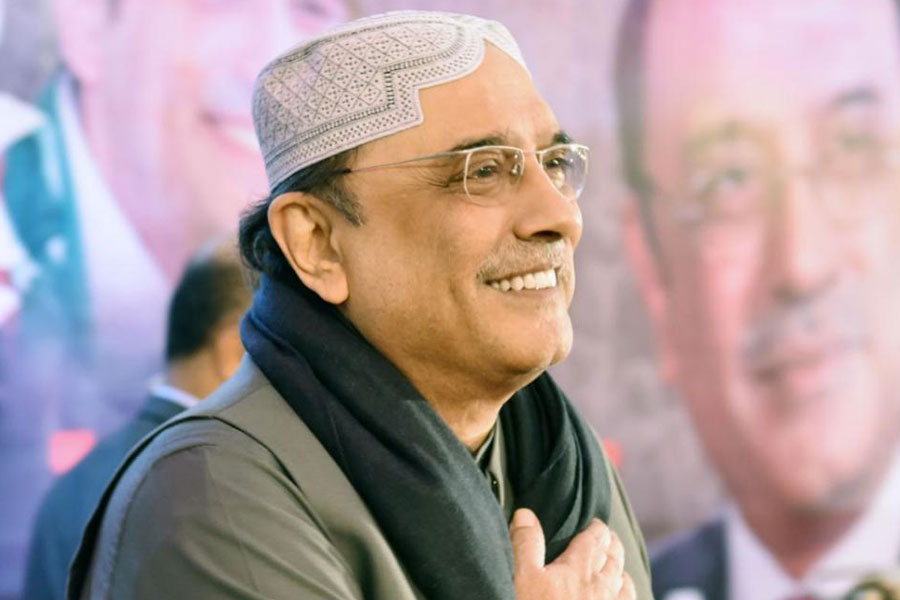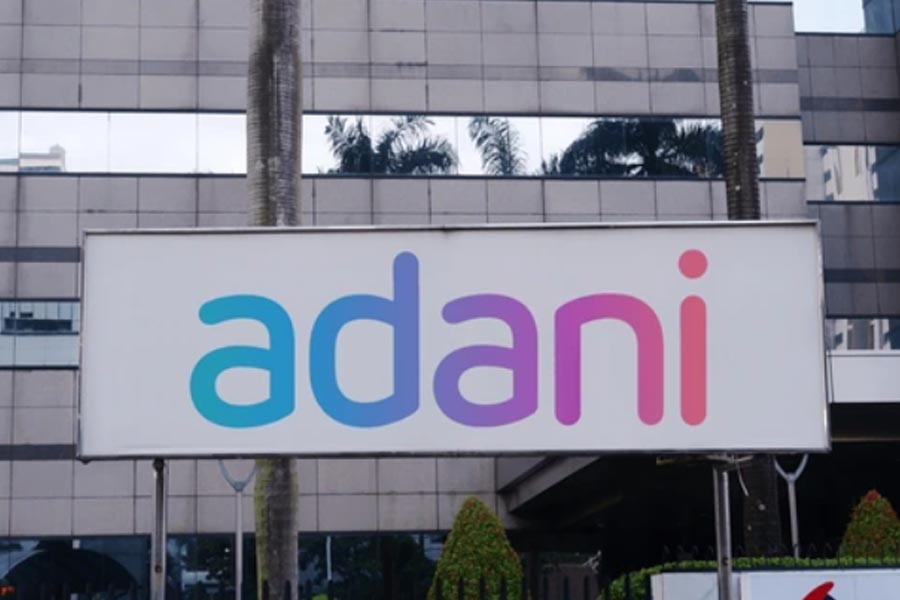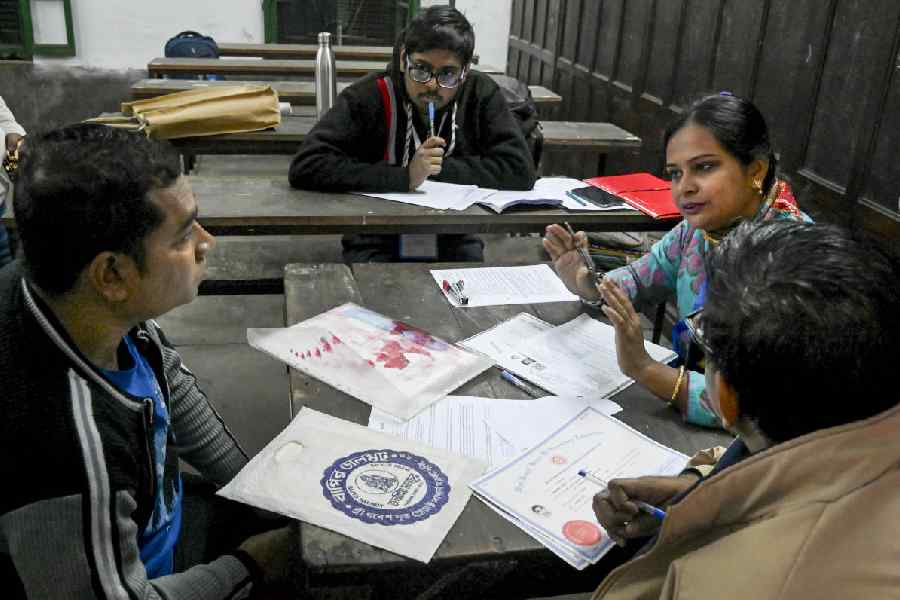|
|
| Hagrama Mohilary (third from left) with Tarun Gogoi (extreme right) |
The election results in Assam are not a simple victory of a national party, the Congress, over a regional party, the Asom Gana Parishad. The ability of the chief minister, Tarun Gogoi, to edge out his regional party rival as a more reliable defender of regional interests significantly contributed to the Congress victory. Gogoi convinced many ?indigenous? voters ? a euphemistic, yet necessary, term for navigating Assam?s politics ? that he may be able to defend their interests better than the self-proclaimed regional party. The change of the name of the state from Assam to Asom a few weeks before the elections was hardly a minor signal. A national party with a regional outlook is how Hiteswar Saikia had once described the Assam Congress. For Saikia, that was political rhetoric, or at best a political dream. Gogoi has done it through actual political coalition-building.
As many had predicted, the Supreme Court?s invalidation of the Illegal Migrants (Determination by Tribunal) Act was a major issue in the recent election. The Congress responded by proclaiming the Foreigners (Tribunals for Assam) Order of 2006. The Bharatiya Janata Party and the AGP cried foul and said that the Congress has brought back the IMDT Act through the backdoor. Large segments of the ?minorities?, dissatisfied with the Congress?s inability to defend the IMDT Act, betted on perfume mogul Badruddin Azmal?s Assam United Democratic Front. Incidentally, the euphemism, ?minority?, has a particular meaning in Assam, and its antonym is not ?majority?, but ?indigenous?.
Azmal expected to become kingmaker in the event of a hung assembly and hoped to have major influence on any new government. But the political appearance of the AUDF ? funded by Azmal?s deep pockets ? scared many ?indigenous? voters who had traditionally backed the AGP. Azmal?s party won 10 seats ? pretty much the number he thought would give him that political leverage. But since the results have come out, Azmal has been busy more in damage control than in influence peddling.
The party that acquired the influence that Azmal had fantasized about, and won one more seat than the AUDF, is the faction of the Bodoland People?s Progressive Forum led by Hagrama Mohilary. And on the key regional issue in post-IMDT Assam ? illegal immigration from Bangladesh ? Mohilary and Azmal are in opposite camps.
Mohilary and other Bodo militant leaders today evoke more confidence among many ?indigenous? voters on the illegal immigration question than the AGP. While Bodo leaders are not vocal participants in the IMDT debate, they are trusted not for their words, but because of their track record in Bodo-dominated areas.
Hagrama Mohilary is perhaps the single biggest winner of this election: a remarkable achievement for a relative newcomer to electoral politics. Until about two years ago, he was the leader of the dreaded Bodo Liberation Tigers. His organization was disbanded only in December 2003 following an accord signed with the Central and state governments. Last year?s elections to the Bodoland Territorial Autonomous Council gave Mohilary his first chance to display his style of electoral politics. That was when the political partnership between him and the state Congress began.
The formation of the BTAC was the result of both the BLT?s armed struggle and the overground political mobilization by the All Bodo Students? Union. The BPPF includes both camps of the Bodo movement. However, in the BTAC elections, Mohilary put up his former BLT colleagues as independent candidates against official BPPF candidates. There were violent clashes between Mohilary loyalists and ABSU supporters and allegations of vote rigging led to re-poll in two constituencies. Mohilary himself won his seat uncontested ? apparently a prestige symbol for former militants adjusting to democracy because it proclaims unchallenged political dominance.
Unlike the BJP and AGP, the Congress did not put up any official candidates in the BTAC elections. It allowed the Congress to remain on the best of terms with all factions of the Bodo leadership and wait and see before developing an electoral strategy. When the Mohilary-led BTAC was sworn in, Tarun Gogoi and three of his ministerial colleagues attended the ceremony, but top leaders of the BPPF stayed away. In the assembly elections, the alliance between the Mohilary faction and the Congress was quite open. The Congress did not put up candidates in five constituencies and asked its supporters to vote for BPPF(H) candidates.
While Bodo-specific issues such as additional developmental funds for the BTAC area and more powers to the BTAC, are likely to be priorities for the BPPF(H), the party also attaches enormous significance to state-wide matters. Since the election results, its spokesman, Khampa Borgoyary, has spoken of ?indigenous ethnic groups? having a significant say in the running of the state government ?for the first time since Independence.? This, he says, has been facilitated by an attitudinal change of the state Congress leadership. Solving the problem of illegal immigration will be a priority for his party because it concerns ?all the indigenous people of the state.?
The historic emergence of Bodo leaders as more trusted defenders of ?indigenous? interests becomes particularly apparent when their spectacular electoral success is contrasted with the defeat of the AGP in almost the entire Upper Assam ? a stronghold of AGP-style regionalism.
To be sure, Gogoi himself did not spare any efforts to address the concerns of ?minorities? after the court struck down the IMDT law. He supported the amendment of the Foreigners Order and criticized statements by political opponents and by the state governor about thousands of Bangladeshis entering Assam through the porous border. But unlike his political rival, the state Congress president, Bhubaneswar Kalita, Gogoi persistently called Azmal?s AUDF party ?communal? and showed no interest in an alliance. That gave him high marks from ?indigenous? opinion-makers and voters.
The contrast with the AGP could not be more striking. Just before the vote-count began, the AGP announced that it would ally with AUDF to form a new government. ?Barring the issue of illegal migration from Bangladesh,? said party president Brindabon Goswami, ?there is not much of difference between the AGP and the AUDF. Both parties have regional aspirations and it will be easier to work with them.?
In coming days, there will be many challenges to the brand new political equation that has emerged in Assam. There is already a feeling in Congress circles that while the support of the BPPF(H) and a few independents may enable the party to form the government, the party cannot afford a further erosion of its traditional support among ?minorities?. Thanks to the AUDF?s success, the number of ?minority? Congress legislators has come down to eight from thirteen in the previous assembly. There is pressure to get the AUDF on board. And not surprisingly, the pressure has come from New Delhi as much as from the grassroots. It was the Congress observer, Digvijay Singh, who said in Guwahati,?it will be only ?thanks? from us if AUDF comes forward to support us.? Ajmal has already expressed a desire to meet Congress president Sonia Gandhi.
The next few days will determine whether the new regional attire of the Assam Congress ? the Bodo dokhona rather than the Assamese gamosa ? is only a temporary electoral fashion or the sign of a significant regionalization of a national party.

